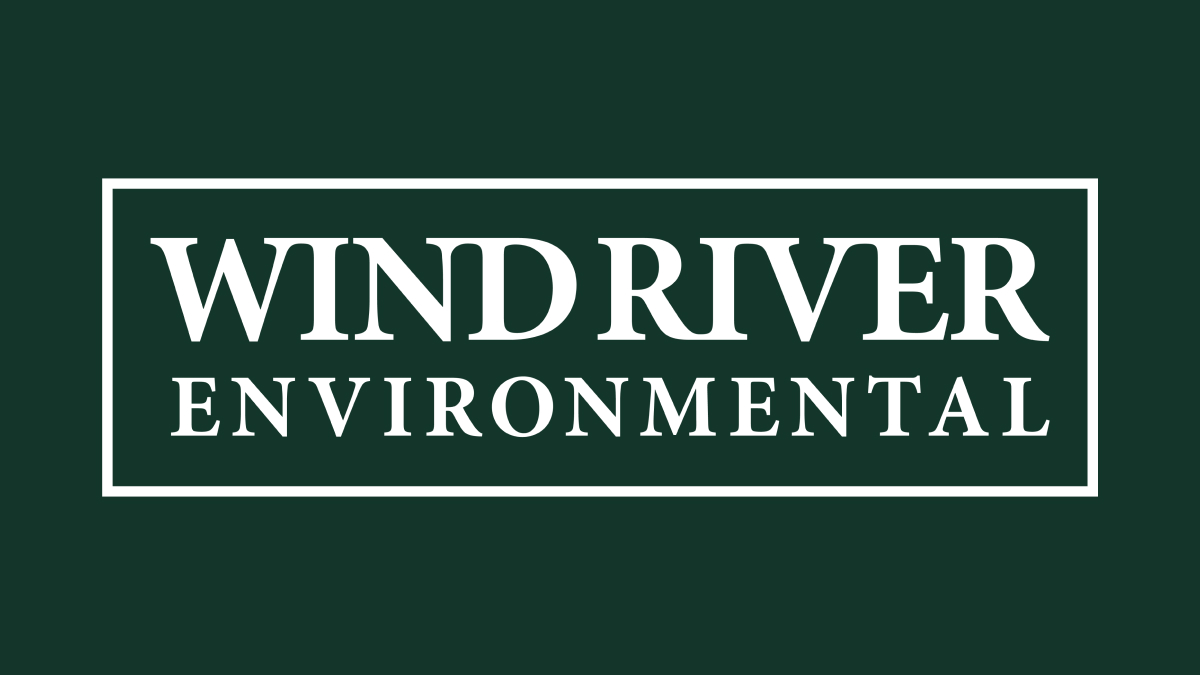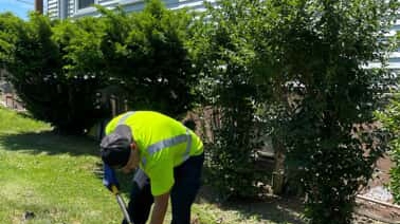While researching in social media on how best to take care of your septic tank system, I noticed several posts that recommend to put baking yeast in the septic tank every few months. This, they say, is to put good bacteria back into the tank. Well, if you know a little about yeast, fungi, or bacteria, this yeast cure for your septic tank doesn’t exactly prove out.
What Does Adding Yeast to Your Septic Tank Do?
Grease and fat, plant matter, proteins, and starches all need different enzymes to break them down. Adding yeast to your septic system may help break down some starchy materials in the tank. But yeast will not break down the greasy scum layer, nor any plant matter (think of the salads and other vegetables you ate), nor any proteins (meat products). And yeast will not add bacteria to your septic tank.
Is Yeast Good for Septic Tanks?
Yeast is not the “natural septic tank additive” it’s hyped up to be.
While researching the validity of adding yeast to a septic system, I’ve found a great divide.
There are:
- Septic professionals who promote the use of yeast in septic systems
- Homeowners who revere the septic professionals who promote the use of yeast
- Bloggers who promote the “natural” solution of adding yeast to septic systems
Versus:
- Septic professionals who do not promote the use of yeast in the septic.
- Homeowners who revere the septic professionals who do not promote the use of yeast
- Bloggers who promote the “natural” solution of watch what you put down the drains.
So, who do you trust? Let’s see what a wee bit of science tells us.
Yeast vs. Bacteria
Yeast are fungi. They are eukaryotes (and so are plants and humans).
Bacteria is… bacteria. It is prokaryote.
Eukaryotes and prokaryotes are microbiological words to describe each, which I’m not going to digress into, but I mention it to show that they are, in fact, different organisms. To be more specific, yeast feed off of starch and produce carbon dioxide (CO2) as a by-product. It is precisely this carbon dioxide gas that makes the airy pockets in bread.
Bacteria is not yeast. Yeast is not bacteria.
Bacteria does not produce yeast. Yeast does not produce bacteria.
Saying yeast make bacteria is like saying cats can make dogs.
Why is this important? Because you may read elsewhere that “yeast creates bacteria that break down solids” or “yeast helps keep bacteria alive."
Yeast creates carbon dioxide, which is a compound formed by a carbon molecule binding to two oxygen molecules. It does not produce a different organism, which is a living thing, like bacteria.
The bottom line: Yeast will not produce bacteria in your septic tank!
What Will Break Down Septic Tank Stuff?
As mentioned earlier, different items need different enzymes to break them down.
- Fats are broken down by lipase enzymes
- Plant matter and toilet paper (cellulose) are broken down by cellulase enzymes
- Proteins (meat, cheese, dairy) are broken down by protease enzymes
- Starches and sugars are broken down by amylase
There is no one organism, yeast included, that does the work of all those enzymes. In a septic tank additive, you will usually find all of these types of additives, and the value of the additive is normally in the number of bacteria (commonly called the strength) added to the tank within the powder or liquid. The stronger it is, the more helpful (and usually more expensive) the additive will be.
So, Is It Bad to Use Yeast in a Septic Tank?
When you talk to, or read comments from pro-yeasters, they may say “I’ve put yeast in my septic regularly and never had a problem!”
I could wash a teaspoon of spicy mustard down my kitchen sink every week and if I never have problems with my septic tank, I could say it was the mustard that prevented problems. But this is incorrect, because we don’t know what would (or would not) have happened in the tank without the yeast or spicy mustard additives.
So, you wonder, should I use yeast in my septic tank?
That’s a call you will have to make.
My point in all this is to point out that there is no concrete, scientific proof that yeast helps your septic system. Nor did I find any concrete, scientific evidence to prove it will harm your system.
So, while the use of yeast may continue to be a point of debate, there are some very important rules you should follow in order to maintain the health of your septic tank system.
Fundamental Keys to Septic Health
The most important thing you can do to maintain the health of your septic tank is to be diligent to limit what goes into it. It’s common in America, when we are connected to a sewer system, to wash and flush all sorts of things down the drain (even though that is not a good idea because wastewater treatment plants have huge filters set up to catch odd debris before the sewage gets to the treatment plant and clogs up filters and machinery).
But with a septic tank, the only items that should be flushed are pee, poo, and toilet paper. And the only thing that should go down the kitchen or bathroom drains is water and ‘septic safe’ cleaners.
Other solids like food bits (even if you use a garbage disposal), baby wipes, flushable wipes, feminine products, prophylactics, cigarette butts, dental floss, and the like are not septic friendly (see our blog post on things not to flush). They can cause clogs on the way to the septic tank, they add mass to the sludge layer that will not be broken down (meaning you will have to pump the septic tank more frequently), and they can clog outlet filters and leach lines.
DO:
- Compost kitchen waste or toss it in the garbage
- Reduce water flow with low flow faucets and toilets
- Reduce water flow by not taking long showers
DON’T:
- Put food scraps down the drain, even with a garbage disposal
- Use bleach or other caustic cleaners
- Put any kind of poisons, paint thinners, solvents, or paint down the drain.
- Use chemical-based cleaners or drain opening products
Armed with knowledge about what yeast is and isn’t, and that it cannot break down the different types of waste in your septic tank, you can now make your own informed decision about whether to use yeast in the septic tank.
But whichever you choose, by all means, be kind to your septic tank and put into it only the basic things that should go in it. It is our intention to share all of the information you need to save money in the long run for maintaining your septic system. A frequent pumping and proper care may cost you annually over the life of your system, but it is well worth it when you get 25-40 years out of your system instead of only 10-15. If you do need assistance, inspection or a pumping service set up, contact us here on the website or on our (877) 560-9007 service line.
Contact Wind River Environmental
By providing septic services for over 16 states, Wind River Environmental is here to assist in maintenance, repairs, or any other residential septic services for your seasonal property. The expert technicians are here to keep your wastewater system running as efficiently as possible.
Sign up on our website to schedule any services – or call us at (877) 560-9007. If you have any questions about keeping your septic system healthy, don’t hesitate to contact us today!

.png)



.2504171222540.png)

